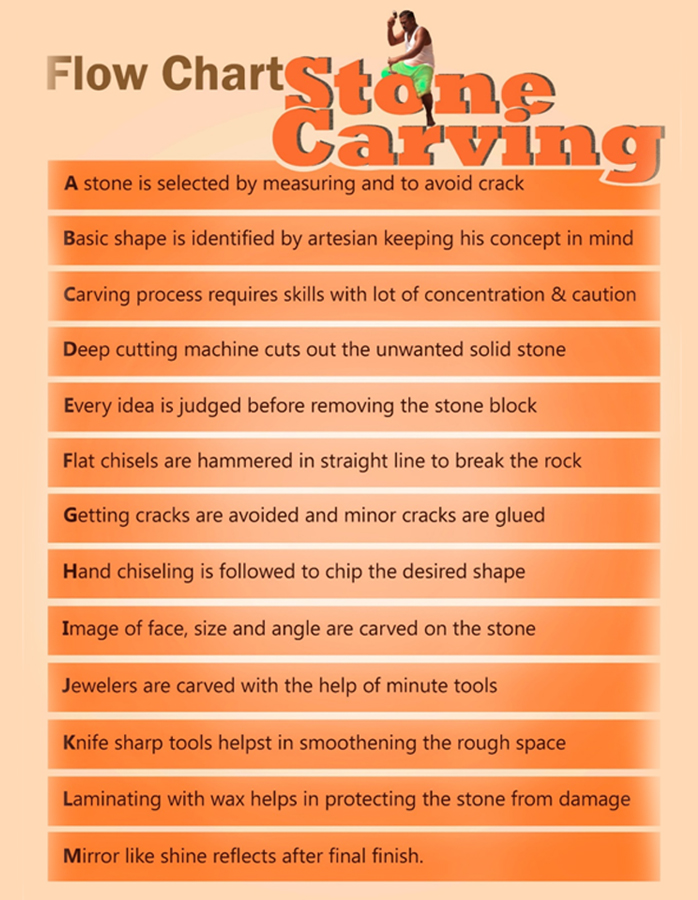Search
- yohoho
- unblocked games 77
- unblocked games 8
- unblocked games 2
- unblocked games for school
- unblocked games world
- retro bowl
- unblocked games
- unblocked games premium retro bowl college best unblocked games unblocked games
The nature of stone will determine how the sculpture is organized and also its possibilities. Soft soap stone allows for gentle, intricate carving whereas sandstone, a fragile sedimentary rock with layers of fine flattened sands and grains, has to be touched with extreme care as it breaks easily.
Within each group of stone there is enormous variety. Sandstone choices from the golden yellow of Jaisalmer to the soft pitted and speckled stone of Mathura and Fatehpur Sikri. The sculptors of India have remained using these stones for the past five thousand years. The change in treatment of one stone from another in the hands of an artist can be seen in the granite sculptures of Mahabalipuram and the sandstone figures of Khajuraho. Hard granite stone was used in South India to make temples and household items like grinding stones. The quality of stone available in each region of India distinguishes the style and form that can be created.
Even today the stone carvers of Bhubaneshwar begin with a prayer that first forgiveness from Mother Earth for cutting the stone and for not wasting the any stone. The most interesting part of the creative process is when the artist chooses the stone piece to work on. The artesian starts locating a good stone quarry, then begins the process of drawing and cutting what he needs from the rock. Making of sculpture includes various parameter when it comes to starting till ending process. Once the stone is selected by calculating and checking if any cracks exist, the basic shape is identified by the artesian keeping his concept in mind. Cutting machine is used as it’s a process in which forms are cut away or subtracted from the original solid stone. Metal chisels are hammered in a straight line into the rock at intervals. Water is poured on to the rock to wet the stone. The change in night and day temperatures causes contraction and expansion and the rock gradually slits along the straight spike lines into the required shapes. A block of stone is carved by chiseling away tiny chips in order to create the desired shape. Artesian have an accurate idea of how far to carve and which area needs to be remove from the block of stone by chiseling away tiny chips in order to create the desired shape. Carving is a difficult process and it requires skills with a lot of concentration and extreme caution. The artesian will not afford to make any mistakes as carving out a stone cannot replace back to its position. One cannot afford to make mistakes in this process for once the stone is cut away or carved it cannot be put back. Artisan needs to plan in advance the shape of the face, the size of the smile and the right angle of the jewel that will adorn a carved image. Imagining the acumen needed to plan in advance the shape of the face, the size of the smile and the right angle of jewel that will adorn a carved image. The exquisitely carved jewelry, consisting of looped girdles, necklaces with strings of pearls falling between the breasts, earrings, and other ornaments, is similar for all the figures. Once the rough work is over, details are carved with finer tools and then the stone is polished. Some stones can be polished to shine like a mirror.
